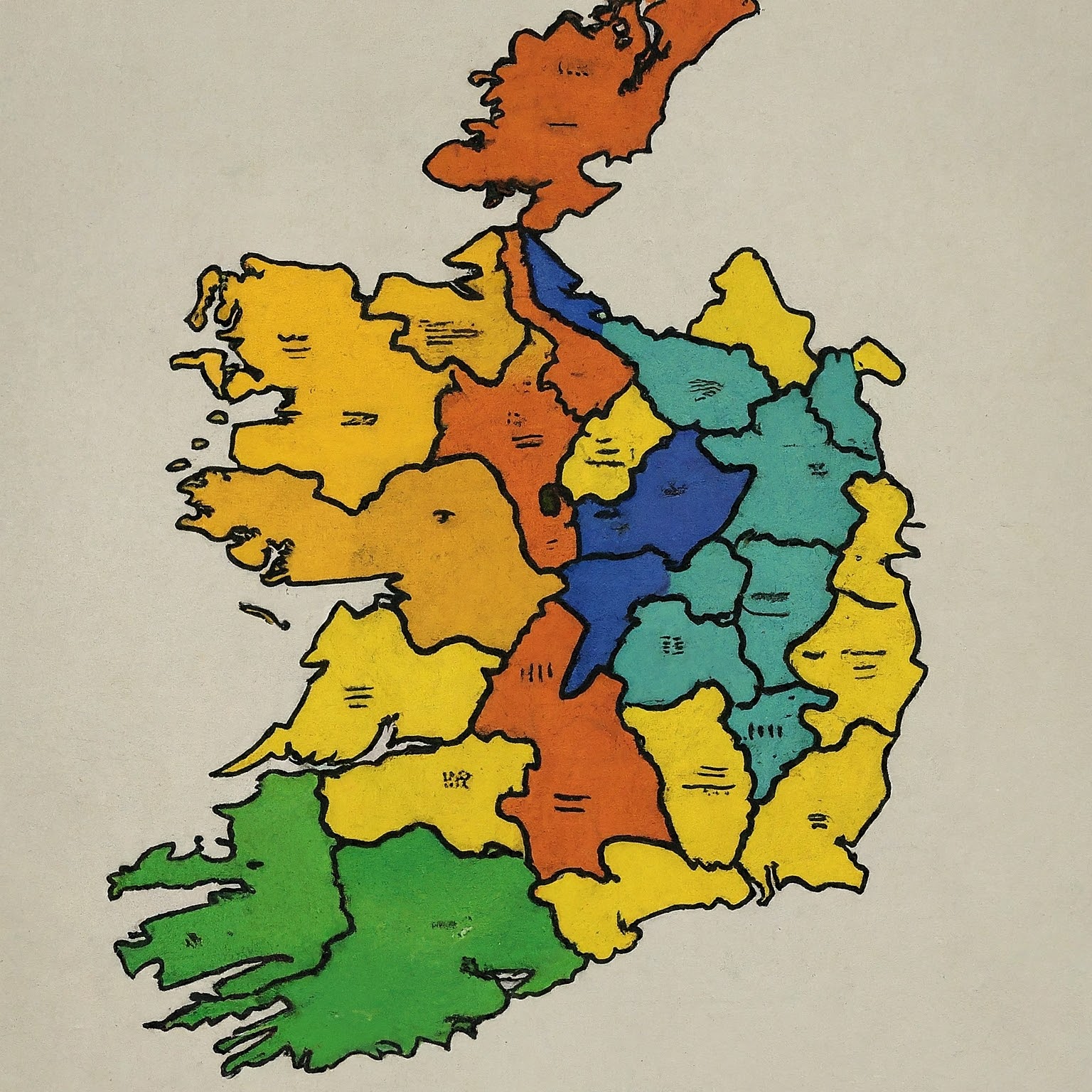For years, Ireland functioned without a national postcode system, relying on a combination of town names and, in Dublin’s case, numbered districts. However, in 2014, everything changed with the introduction of Eircode, a unique addressing system designed to streamline mail delivery and improve location services.

Eircode, which translates to “Irish code” in Gaelic, is a seven-character alphanumeric code. The first three characters represent the routing key, identifying a specific area. These often incorporate the old Dublin district numbers (D02 for Dublin 2, for instance) and can provide a general sense of location. The remaining four characters act as a unique identifier for each individual address.
This system boasts several advantages. Unlike traditional postcodes, Eircode offers pinpoint accuracy, ensuring even remote or newly built addresses can be easily located. This is particularly beneficial for emergency services and deliveries. For businesses, Eircode facilitates efficient logistics and strengthens their online presence by providing a standardized address format.
While Eircode is still relatively new, its adoption has been steady. The Irish government actively promotes its use, and most businesses and organizations now include Eircode alongside traditional addresses.
However, some challenges remain. Public awareness of Eircode is not yet universal, and older generations may be more accustomed to the previous system. Integrating Eircode into existing databases and software can also require adjustments.
Overall, Irish postcodes, in the form of Eircode, represent a significant modernization of the country’s addressing system. By offering greater precision and efficiency, Eircode promises to benefit residents, businesses, and emergency services alike. As familiarity with the system grows, Eircode is poised to become an indispensable tool for navigating the Emerald Isle.
لا تعليق